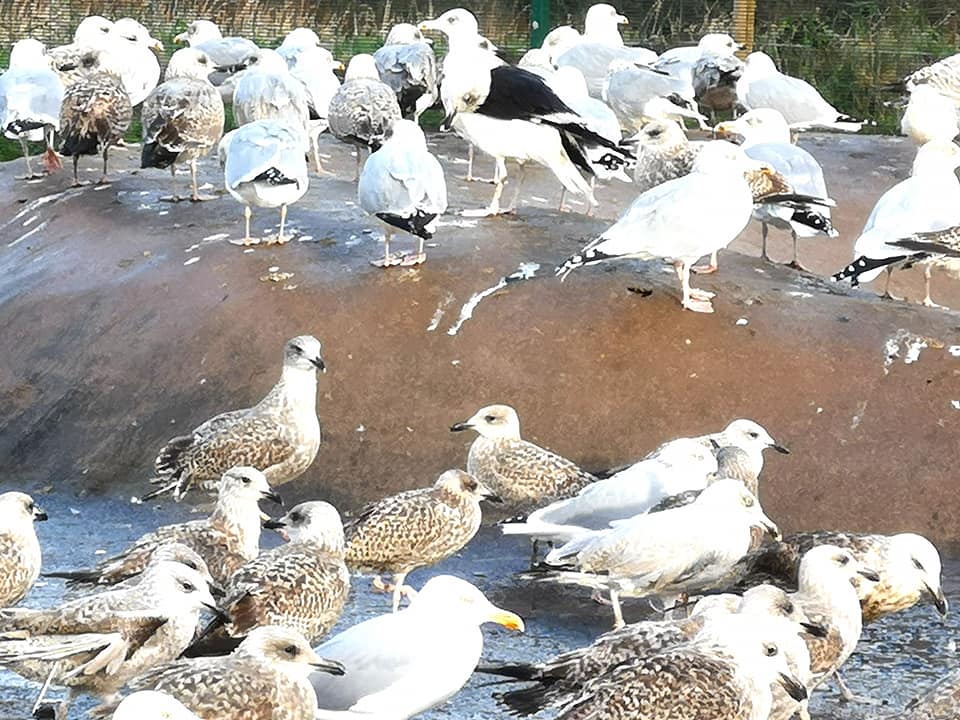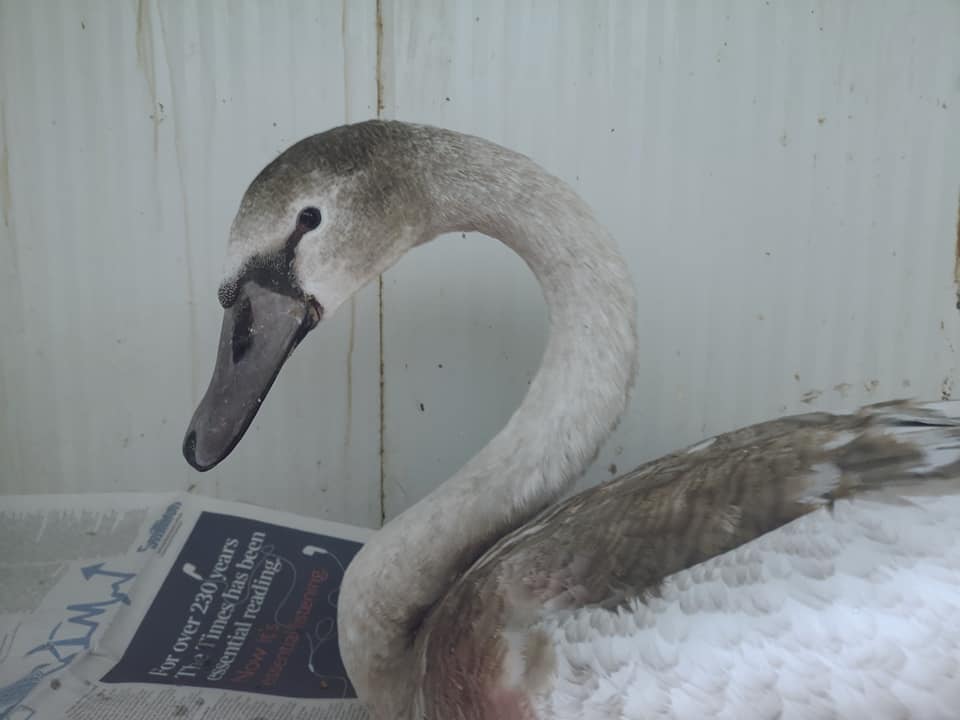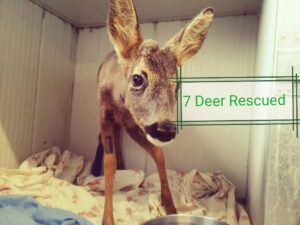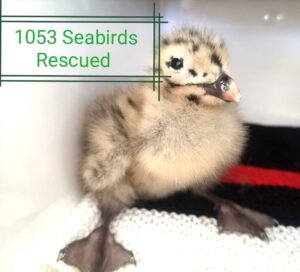Please read below for information on how our Sanctuary started. More information on our team, our facilities, and our sponsors can be found by clicking the links.
The Sanctuary
How it all started
Whitby Wildlife Sanctuary started in 2009. I began by volunteering at my local veterinary practice and opting to take care of two pigeons which needed long term care. As most veterinary practices are not able to house wild animals for the long term, I offered my help.
Before I knew it, one or two pigeons turned into five herring gulls which then turned into several hedgehogs and word spread. I was beginning my own little rescue service.
This had me thinking. There seemed to be so many people who were coming across sick, injured and orphaned wildlife with no where for them go. It was then, I decided I had to continue my work and develop the sanctuary. I went from a full time teacher to a part time teacher juggling both work and the sanctuary and finally decided to leave teaching altogether to concentrate on the charity full time.
What started off as a couple of pigeons in some modest cages developed into several avaries, a paddock, an area I like to call ‘the gull pen’ and a seabird rehabiliation pool. As you can imagine, living in Whitby means my most common rescue are seabirds. The sanctuary now rescues over 6000 wild animals a year and is planning on developing further.
During the last few years, I have grown a passion for wild animal care and it has literally become my life as well as completing several steps to becoming more knowledgeable and obiding to the law. This includes a diploma in wildlife rescue and rehabilitation, a diploma in British Wild Mammals, rabies vaccinations (for the rehabilitation of bats) and licencing to keep and release grey squirrels. The sanctuary has also gained some media attention of our local paper, The Whitby Gazette, publishing two articles ‘ Sanctuary for Seagulls’ and ‘Hope for Winkle’.
I get asked if it is interfering with nature, to which I reply that the vast majority of wildlife casualties are caused by human interference in the first instance. Whether that be through deforestation, car collisions, shootings, snares and traps, building work, cats and dogs and even malicious attacks. I therefore feel it important to right those wrongs and give nature a helping hand, for which they so deserve.
2020 Rescues
As of mid December 2023, 2709 rescues had been admitted. Not bad considering we were closed for the first 2 months of that year! We were extremely limited as to how much work we could do with seabirds and waterfowl through the summer due to the large cases of avian influenza across the UK.
If you’d like to get involved please do join us as a volunteer or consider setting up a regular donation.


















